In 2020 Dutch Architecture firm Dividual completed their proposal “Working Gardens,” a speculative project that proposes transforming partially vacant office areas in the Randstad metropolitan area into a network of multifunctional campuses. As four case studies, the architectural strategies have been developed in Almere, Rotterdam, Amsterdam, and Utrecht.
Working Gardens Technical Information
- Architects: Dividual
- Design team: Andrea Bit, Maciej Wieczorkowski
- Location: Almere, Rotterdam, Amsterdam and Utrecht, Netherlands
- Topics: Competition, Mixed used
- Site Area: 60,000 m2
- Build Area: 120,000 m2
- Project Year: 2020
Each project is a combination of the existing buildings and new additions. The spatial configuration is then filled with four programmatic layers: housing, workshops, productive landscape, and leisure areas. Positioning, accessibility, scale, and character of each programmatic area depend on the specific project’s location
– Dividual Architects
Working Gardens Renders
Text by the Architects
Working gardens is a speculative project, proposing transforming a collection of partially vacant, monofunctional office areas scattered in the Randstad metropolitan area into a network of multifunctional productive campuses.
The project starts as a response to the current situation of Dutch urban development. The current urban development model is market-driven and highly tailored for the needs of a stereotypical “nuclear unit” of society, a family in a traditional, rather narrow, understanding. As such, it does not offer significant diversity and does not provide viable alternatives for large groups of society: singles, including single parents, elderly, multigenerational families, etc. Additionally, there is little incentive to provide spaces for developing communities on a level different from an individual family, which results in individualization.
According to municipal estimates, Randstad’s area (metropolitan area in the center of Netherlands) faces a housing shortage, reaching more than one hundred thousand units. Simultaneously, according to some estimates, even up to twenty percent of office space in suburban areas remains vacant. Considering the urgent climatic crises we are currently facing and the significant influence of the construction industry in greenhouse gas production, it is crucial to develop ways of reusing existing building stock as a sustainable alternative to providing new housing units. At the same time, it is necessary to provide spatial and technological solutions, which facilitates living in a sustainable way for the inhabitants.
The suggested solution assumes creating a network of productive campuses that can be compared to modern monasteries, gathering people interested in alternative, sustainable, and communal ways of living and working. The first stage of the project is research focused on gathering information about the existing office park locations and creating a potential interaction network.
To develop architectural strategies and form tangible environments for collective living, four locations are selected to create different projects: innovation hub, exchange campus, knowledge hub, and family campus. Each project is designated for a different target group and is located in a different area and therefore has different distribution and atmosphere. Together, the selected locations represent a collection of common conditions characterizing the existing, vacant office parks, such as suburban location, proximity to infrastructure, and environmental pressure.
At the same time, each site represents one of the frequently occurring typologies, allowing to transpose developed strategies onto different locations. Developed with a specific context in mind, each project has a particular relation to its surroundings while providing secluded spaces dedicated to focus and open, engaging spaces dedicated to the exchange of products, services, and knowledge with a surrounding city.
Buildings currently present on the plot are used in a twofold way. On a basic level, they provide an affordable floor area allowing for generous shared spaces.
Additionally, their typology provides a starting point and informs the design strategy, aiming to overturn existing typological distribution to create a new layout. As a result, each project is a combination of the existing buildings and new additions. The spatial configuration is then filled with four programmatic layers: housing, workshops, productive landscape, and leisure areas. Positioning, accessibility, scale, and character of each programmatic area depend on the specific project’s location; in each case, however, creating an exciting juxtaposition of existing and new, housing, and productive areas distributed in a gradient of public, communal, and private spaces.
To propose an alternative model for current urban development, the project searches for inspiration in a long Dutch tradition of seeing work as a collective effort and typologies organically developed for collective housing and community building. Reimagining these models, which combine housing with spaces dedicated to productive and collective activities, allows for a redefinition of the relationship between the living and working in a broader context of sustainability and economic networks.
Working Gardens Case Study: Rotterdam
Working Gardens Case Study: Schiphol
Working Gardens Image Gallery
- © Dividual
- © Dividual
- © Dividual
- © Dividual
- © Dividual
- © Dividual
- © Dividual
- © Dividual
- © Dividual
- © Dividual
- © Dividual
- © Dividual
- © Dividual
- © Dividual
- © Dividual
- © Dividual
About Dividual
Dividual is a practice of research and design at the intersection between architecture, urban planning, and landscape. Based in Rotterdam, the studio engages in projects that challenge the actual development of the contemporary environment, making obsolescence a design opportunity.
[cite]

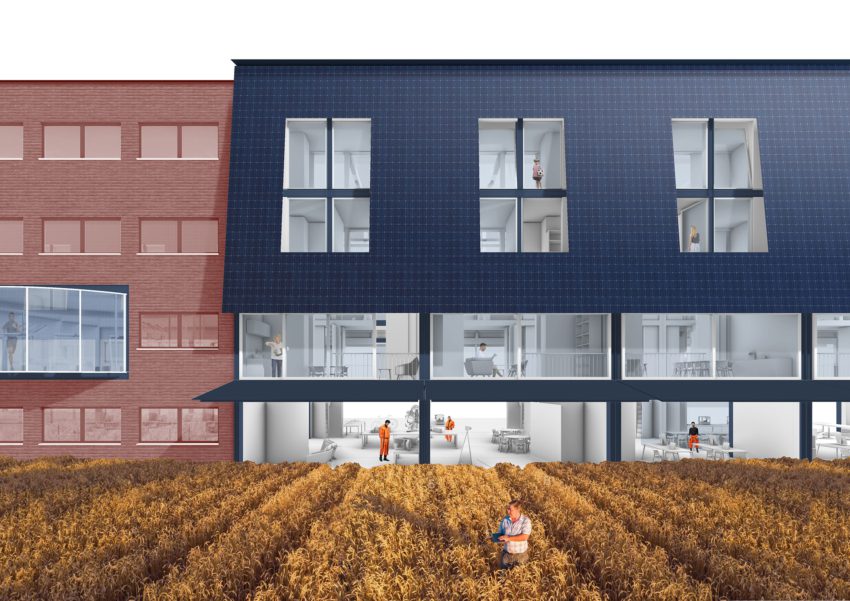
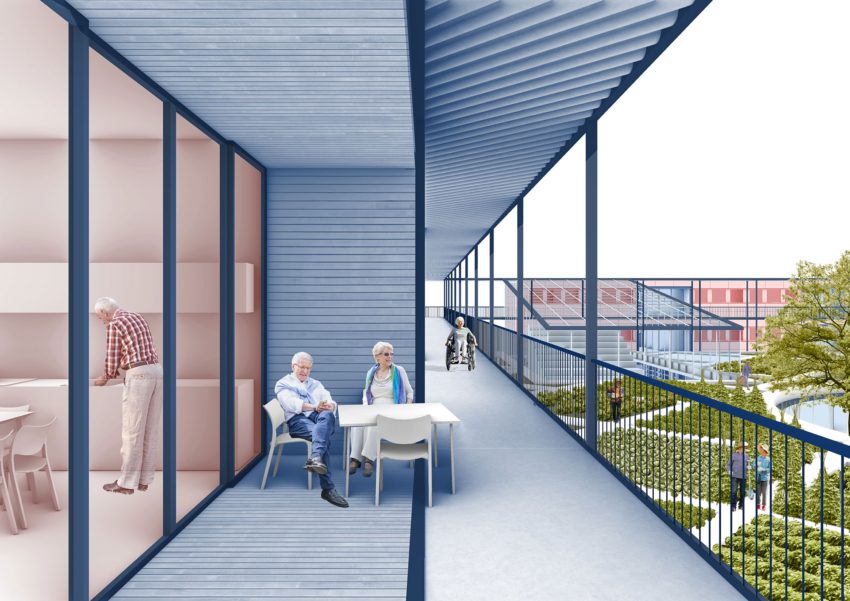
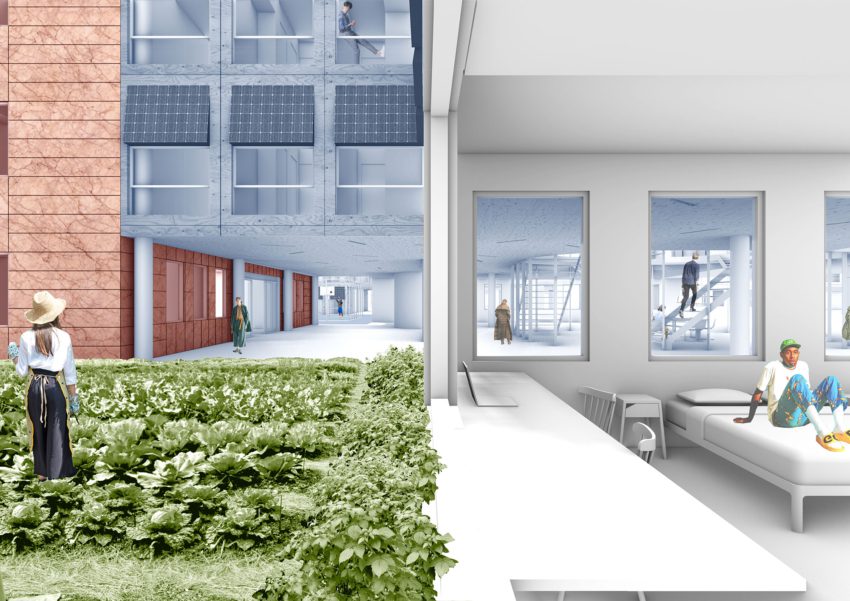
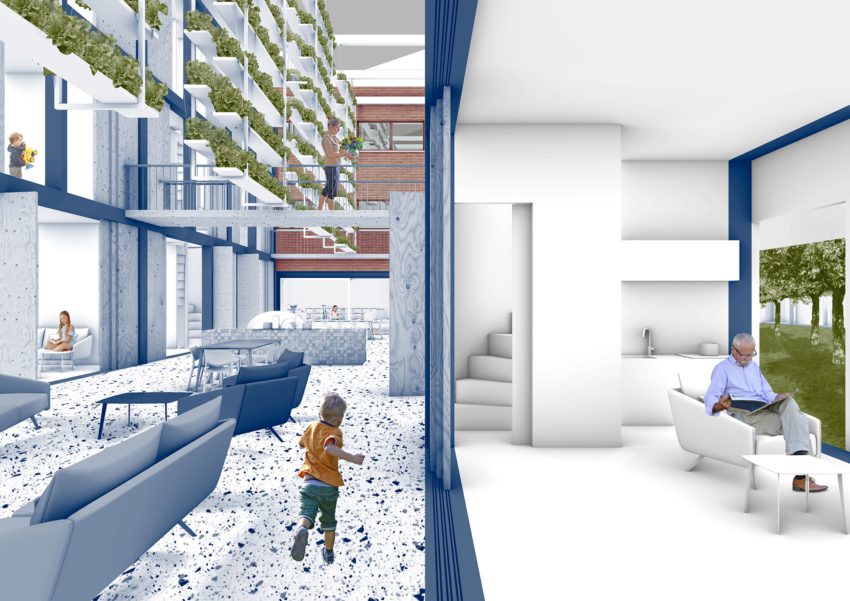
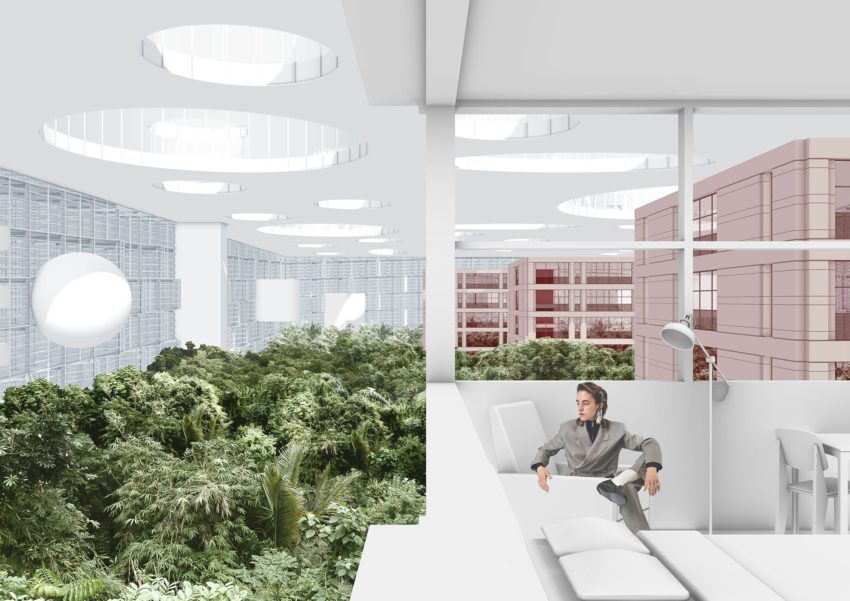
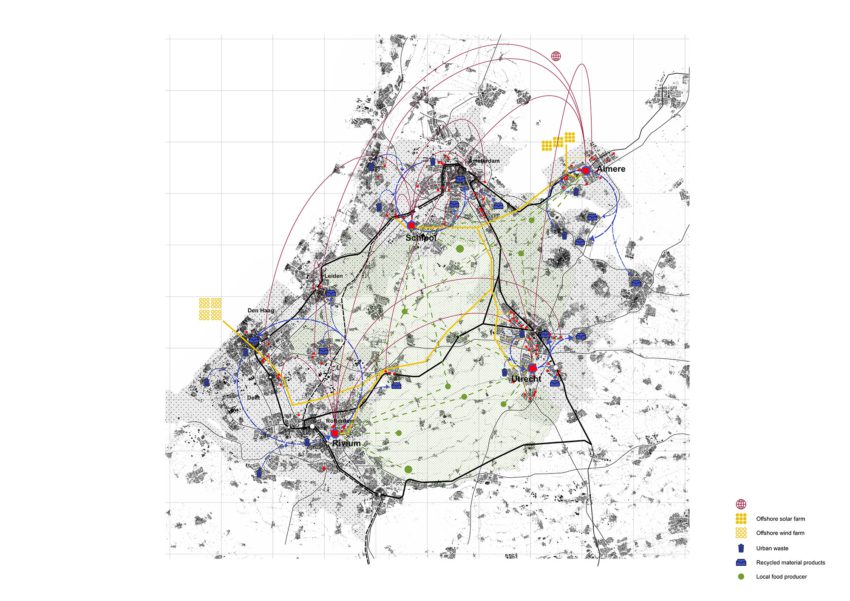
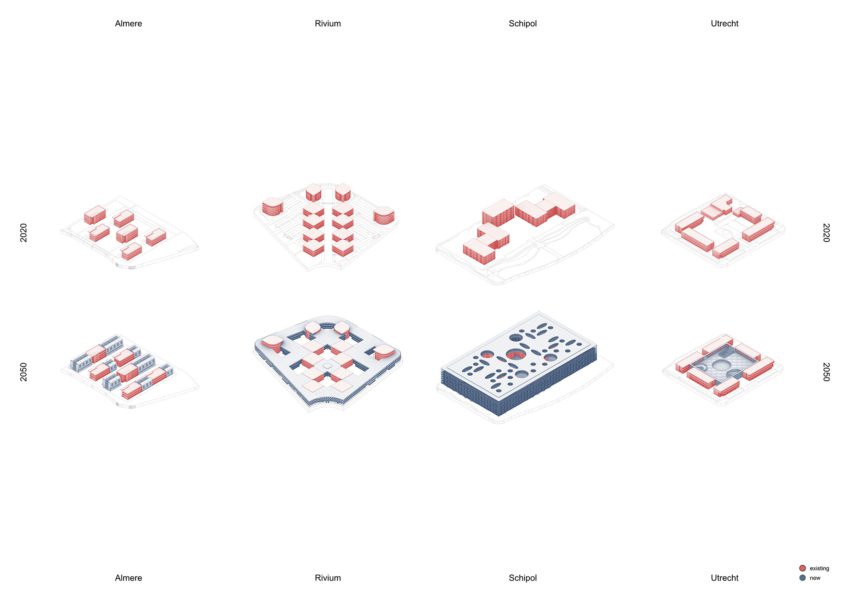
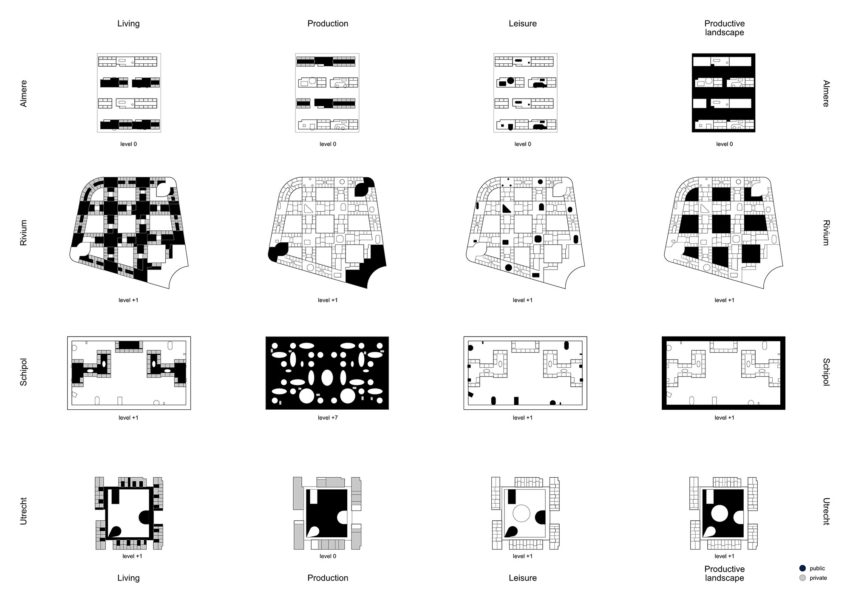
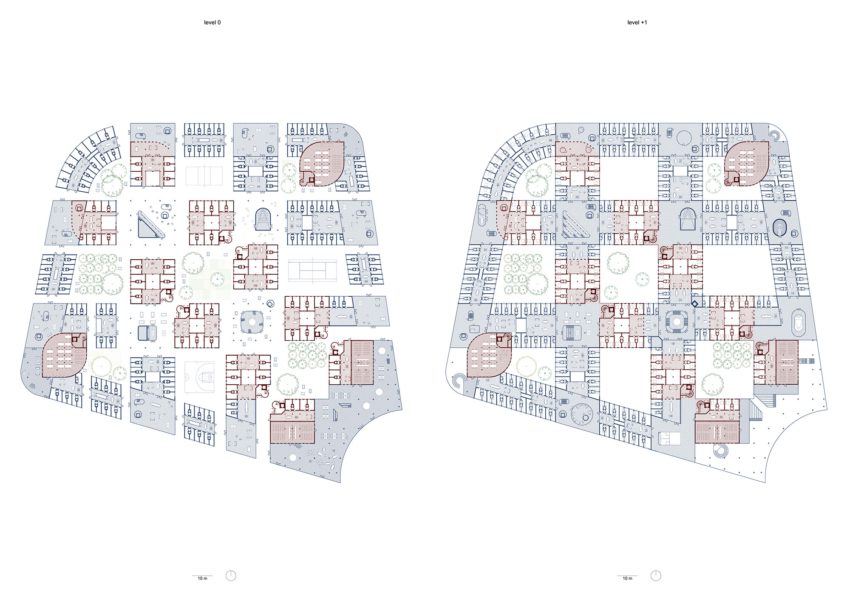
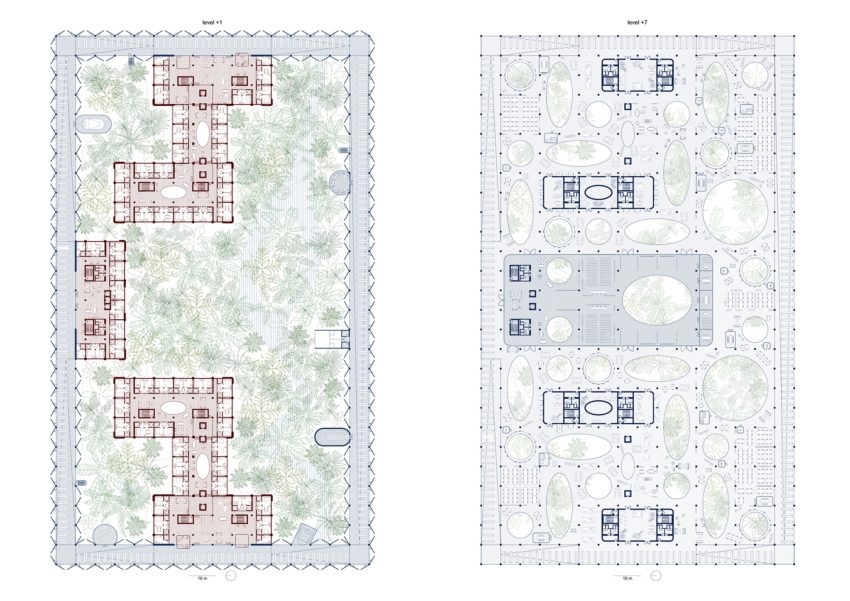
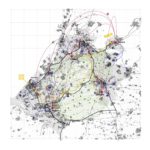

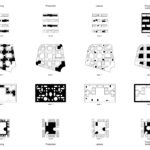


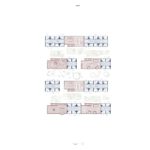

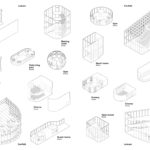
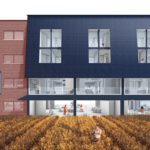

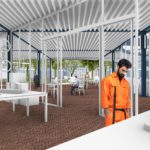
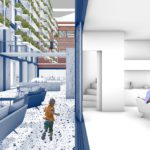
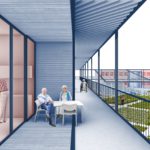
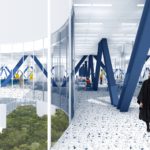



🍀🍀🍀